The human body is made up of a complex community of trillions of cells of diverse shapes and sizes, all working together to keep you alive. The smallest of these cells, like platelets and red blood cells, are dwarfed by massive muscle cells. When it comes to size, it’s like comparing a shrew to a blue whale.
Now, after collecting data on all of the major types of cells in the body, researchers have revealed a familiar mathematical pattern in these cells’ relationship. There is an inverse relationship between cell size and number, meaning smaller cells are more numerous than larger cells. What’s more, cells of different size classes all have a similar total mass, such that small, numerous cells such as red blood cells contribute the same amount to the body’s total mass as the largest cells, the researchers report September 18 in Proceedings of the National Academy of Sciences.
“We see this pattern all over the place,” across disparate fields, says Ian Hatton, an ecologist at McGill University in Montreal.
The pattern between size and number “has lots of different names,” he says. In ecology, it’s often called the Sheldon spectrum after marine ecologist Raymond Sheldon. Sheldon and his colleagues discovered that when you sort plankton by size in orders of magnitude on a logarithmic scale, each size class has the same mass of organisms. As you go up in size, the number of individuals in a class drops, but the overall mass is unchanged.
In 2021, Hatton and colleagues showed that the same pattern exists when you sort the biomass of ocean organisms generally on a logarithmic scale, “from bacteria to whales,” not just plankton.
A parallel trend may also be seen in the frequency of words used in language, where it’s known as Zipf’s law after linguist George Zipf. For example, if you analyze the words used in a book, you’ll find it dominated by a few, short, high-frequency words (like “the” and “of”) with many longer, low-frequency words (like “trombone” and “parliament”) making up the rest.
Finding this pattern in human cells took a colossal amount of data.
“It might sound surprising that we still don’t understand cell size well,” says Evgeny Zatulovskiy, a biologist at Stanford University, who was not involved with the study. The new study “provides a very comprehensive catalog of different cell types in our body regarding their counts and their size.”
Independent researcher Jeffery Shander first started assembling this data more than a decade ago. Much of it comes from the International Commission on Radiological Protection, which has autopsied countless cadavers and weighed their organs to build a reference model of a person.
But “the ICRP focused on the male model,” Hatton says. He and his colleagues wanted to estimate information for a typical human female and child as well. That, along with the fact that the ICRP was focused on organs and tissues rather than cells, meant turning to the scientific literature.
In total, the researchers gathered data from more than 1,500 sources to show that the inverse size-number pattern is present in the cells of a typical man, woman and child. Overall, the researchers estimate that an adult male is made up of around 36 trillion cells, on average, while a female is composed of 28 trillion cells, and a 10-year-old child has 17 trillion cells.
These estimates are similar to ones from prior studies, including ones that looked at fewer cell and tissue types, because of the overwhelming presence of small blood cells (SN: 1/8/16).
It’s important to understand how many of each type of cell there is. For instance, the team found that the total number of lymphocytes in the body had been severely underestimated — instead of 500 billion, there may be as many as 2 trillion. “Lymphocytes are implicated in all sorts of defense against disease,” Hatton says, and understanding their total number is important for individuals with conditions like leukemia and HIV.
What’s more, cell number is determined by cell division, a process that, when it goes haywire, leads to cancer. Understanding basic features of cells like size and number, Hatton says, “could help us understand abnormalities.”
Even though it’s been seen in language, ocean biomass and now human cells, the origins of the inverse size-number pattern are still a puzzle. But Hatton says its commonality “might be implying that there’s some deep, underlying mechanism that could be common to all these different things. But we’re not there yet.”

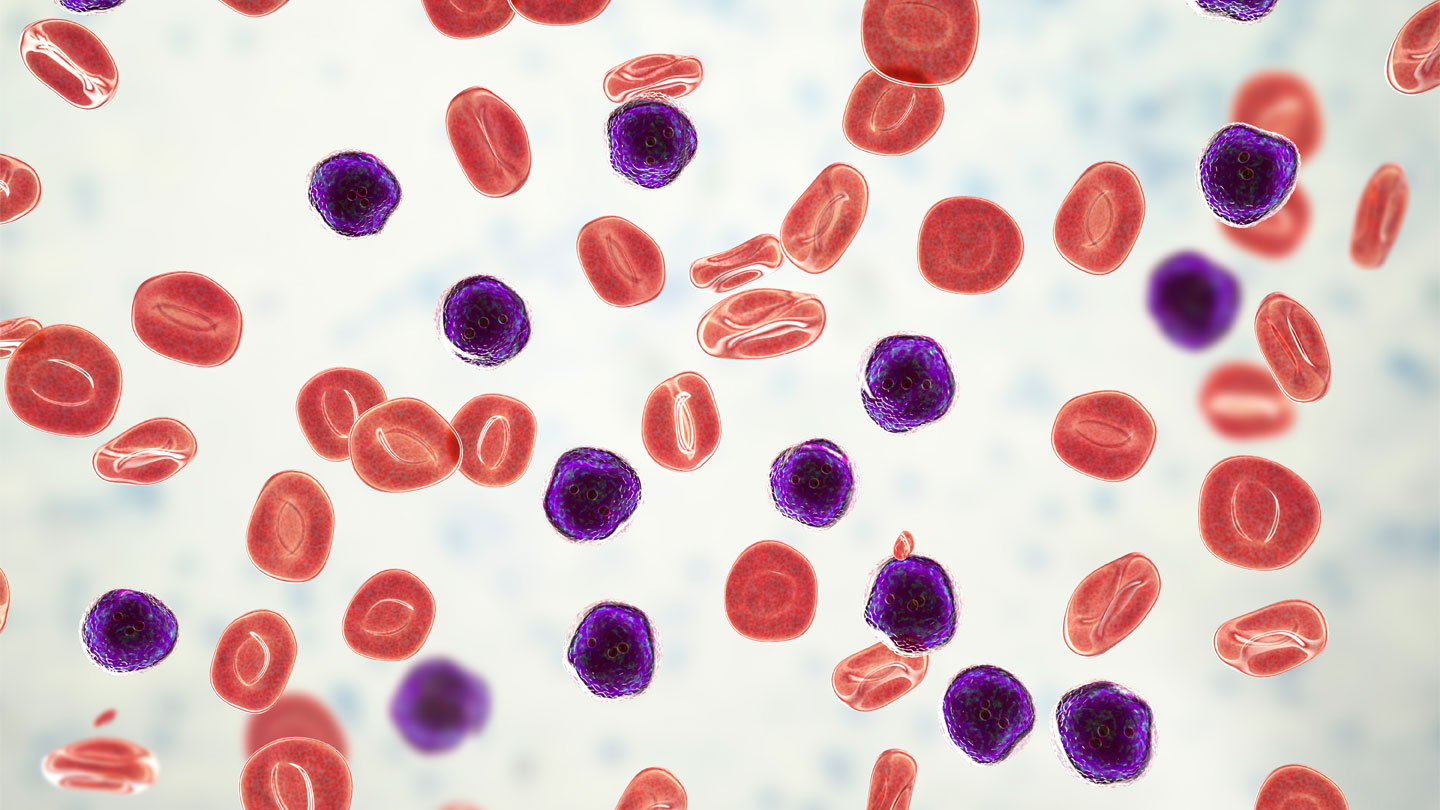
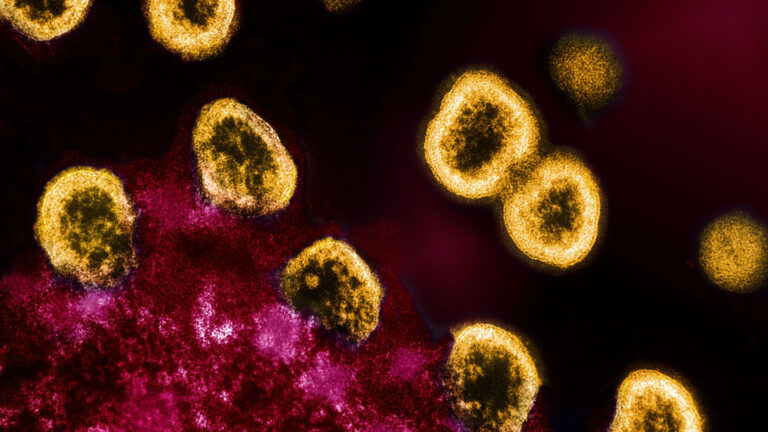
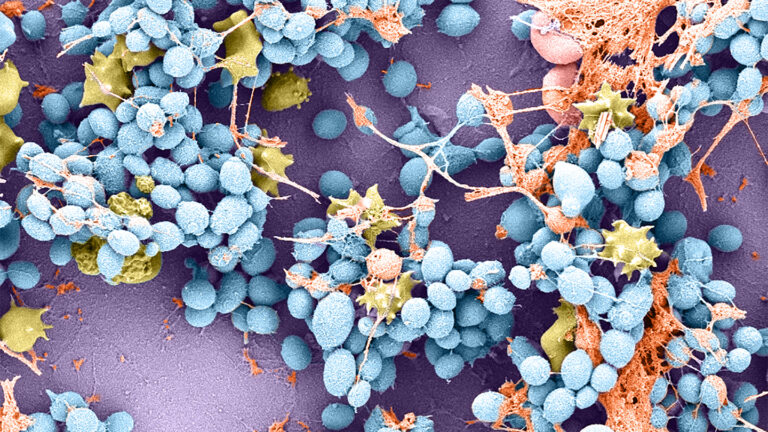
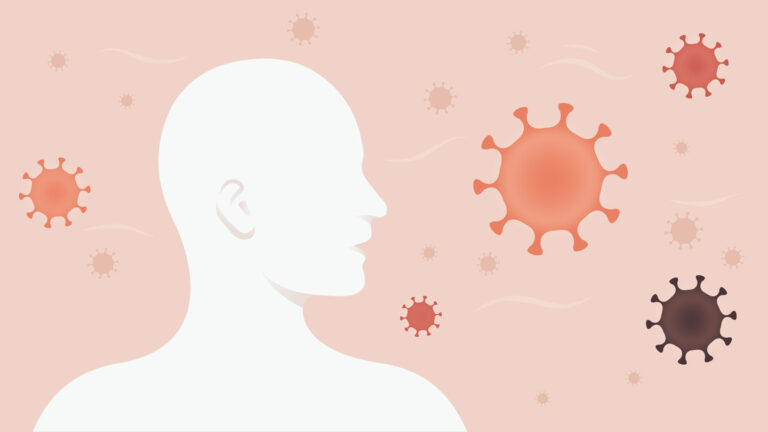




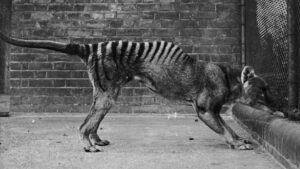





+ There are no comments
Add yours